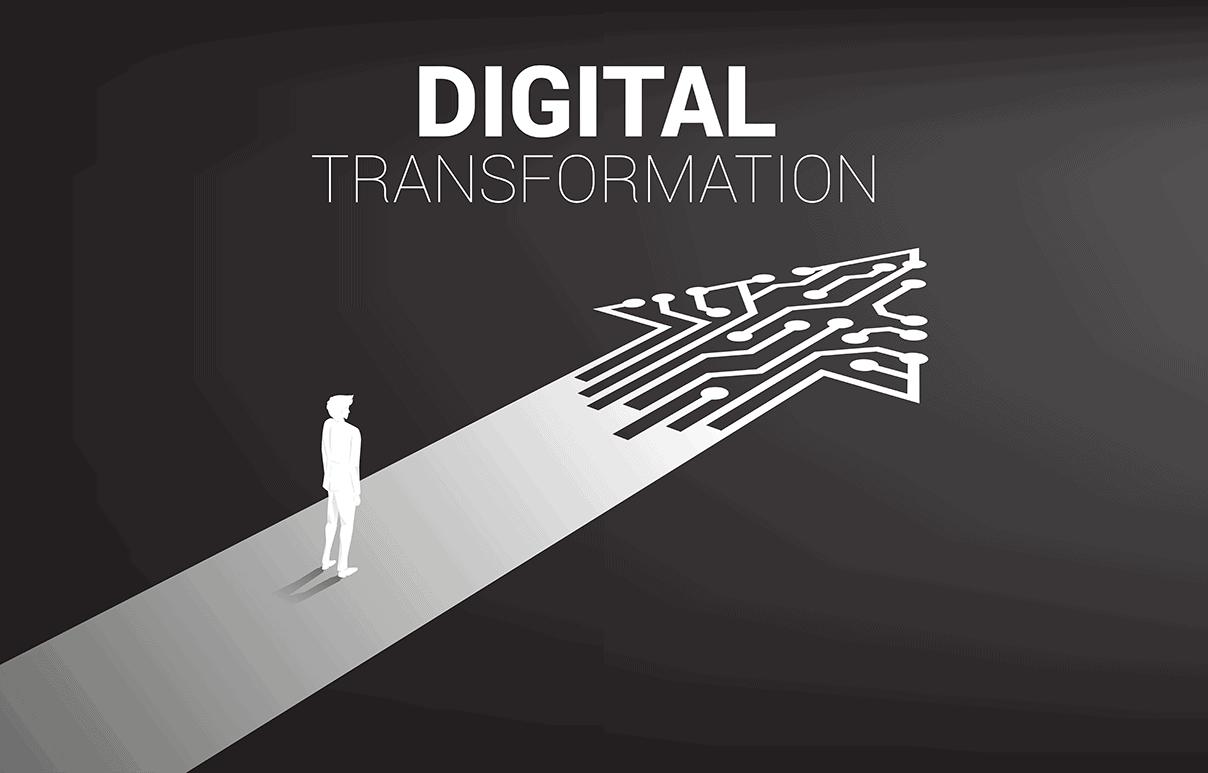With the pace of technology changing faster than ever, it can be challenging to know if your company has taken the proper steps for success.
This question is unavoidable for startups, organisations undergoing a merger or acquisition, and those seeking to transform their business. It’s essential to be prepared with an answer demonstrating industry awareness and strategic insight. So given its criticality, why don’t we conduct more tech due diligence on our companies?
During the last four weeks, I’ve been delving into this field and have compiled my discoveries in an informative post – highlighting all essential elements to consider.
Regular proactive realignment of business and IT systems can drive tremendous value within organizations. By taking the initiative to review your infrastructure regularly, you are investing in long-term success for your organisation.
Generative AI: Preparing for next-gen artificial intelligence
ChatGPT is one of a new breed of AI models that promises to deliver machine-based creativity
Towards the end of last year, management consultant McKinsey published an article where the first paragraph was created by ChatGPT, the generative artificial intelligence (AI) language model.
The article’s authors admitted that the AI’s attempt was “not perfect but overwhelmingly impressive”. They noted that products like ChatGPT and GitHub Copilot take technology into realms once thought to be reserved for humans. “With generative AI, computers can now arguably exhibit creativity.
They can produce original content in response to queries, drawing from data they’ve ingested and interactions with users,” they said.
Unpacking the “black box” to build better AI models
Stefanie Jegelka seeks to understand how machine-learning models behave, to help researchers build more robust models for applications in biology, computer vision, optimization, and more.
When deep learning models are deployed in the real world, perhaps to detect financial fraud from credit card activity or identify cancer in medical images, they are often able to outperform humans.
But what exactly are these deep learning models learning? Does a model trained to spot skin cancer in clinical images, for example, actually learn the colors and textures of cancerous tissue, or is it flagging some other features or patterns?
These powerful machine-learning models are typically based on artificial neural networks that can have millions of nodes that process data to make predictions. Due to their complexity, researchers often call these models “black boxes” because even the scientists who build them don’t understand everything that is going on under the hood.
Enterprise potential of the metaverse takes shape at CES2023
There were plenty of warnings about metaverse hype, but at CES 2023 there’s business interest in its potential to build 3D digital twins and models of things like factory floors.
LAS VEGAS — The excitement and interest for consumers and enterprises around concepts like the metaverse stem from its potential to bring multiple disruptive technologies into one space – but it’s also a concept that’s not ready for the hype surrounding it.
The metaverse is a vision that many believe will usher in the next stage of the internet – a virtual world combining “the connectivity of the web with the immersiveness of spatial computing,” said Neil Trevett, vice president of developer ecosystems at Nvidia and chairman of the Metaverse Standards Forum.
Trevett spoke during the “The Road to the Open Metaverse” session at global technology conference CES 2023Thursday, on a panel with other business leaders in virtual reality and the metaverse.
Will supply chains enter the Metaverse?
Taking digital supply chain twins to the next level
The Metaverse is touted as being the next big thing to enter the Corporate IT environment. It’s interesting technology, but there are a few things to unpack here before we get too excited. In simple terms, the Metaverse is a shared virtual environment that people access via the Internet and engage in as an immersive experience. In his book, The Metaverse: And How it Will Revolutionize Everything, Matthew Ball offers a more comprehensive definition:
“A massively scaled and interoperable network of real-time rendered 3D virtual worlds that can be experienced synchronously and persistently by an effectively unlimited number of users with an individual sense of presence, and with continuity of data, such as identity, history, entitlements, objects, communications, and payments.”
CIOs Are Using Robots To Fill In When Workers Can’t Be Found
The Robots Are Coming!
CIOs are, among other things, responsible for making sure that the business keeps running smoothly. Although we generally only get involved in hiring when the company is hiring people to work in the IT department, it turns out that we can also play a role in hiring in other parts of the company. Many companies are struggling to find enough workers to keep their business moving.
What this means for CIOs is that we are going to have to step in and use the importance of information technology to see if we can use technology to solve the company’s hiring problems.
We all know what this means: robots.
Introduction
As a business leader, you know how important it is to ensure that the technical side of your organisation is running smoothly and efficiently.
However, do you know if the right technology decisions have been made to support the future?
If you are a startup looking for seed funding or a company going through a merger or acquisition, you will be asked to answer this question at some stage. Proactively reviewing your business and systems and making any needed changes can drive value within your organisation. This will help you in future deals and keep you abreast of market and technology trends.
In this blog post, we’ll look in detail at what technical due diligence is, as well as walk through some best practices to maximise your success.
THE DIGITAL EYE
I am passionate about technology, and I want to share that passion with you. I believe that it’s essential for everyone to stay up-to-date on the latest trends, so I’ve set out to cover all aspects of the industry – from data analytics to blockchain and AI.
Please let me know if you want to see any other topics covered, and I would appreciate your help sharing this blog with others interested.



